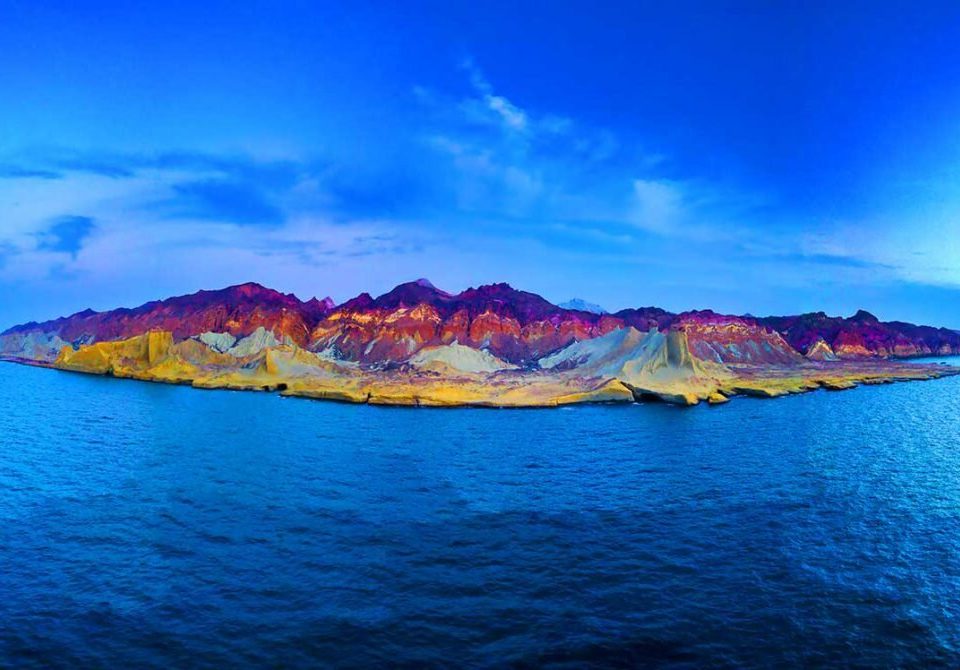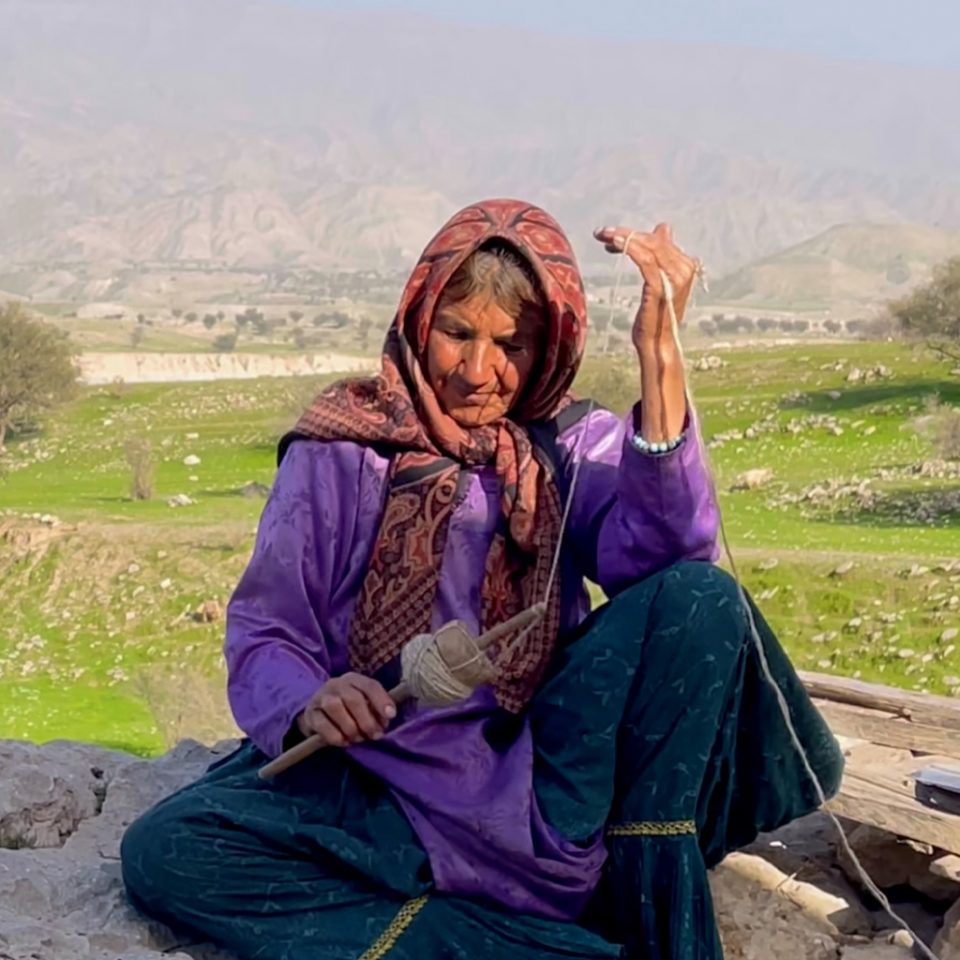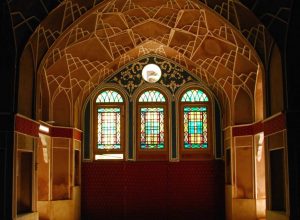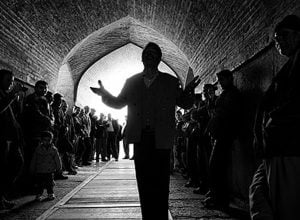Qeshm Island is the largest island in the Persian Gulf, located just off the southern coast of Iran. With its stunning natural beauty, rich cultural heritage, and unique geological features, Qeshm has become one of the top tourist destinations in the region, attracting visitors from all over the world.
The island boasts a diverse landscape of mountains, deserts, forests, and beaches, providing endless opportunities for adventure and exploration. Visitors can hike through the rugged terrain of the Hara forests, swim in the crystal-clear waters of Stars Valley, or relax on the pristine beaches of Naz Island.
Table Of Content
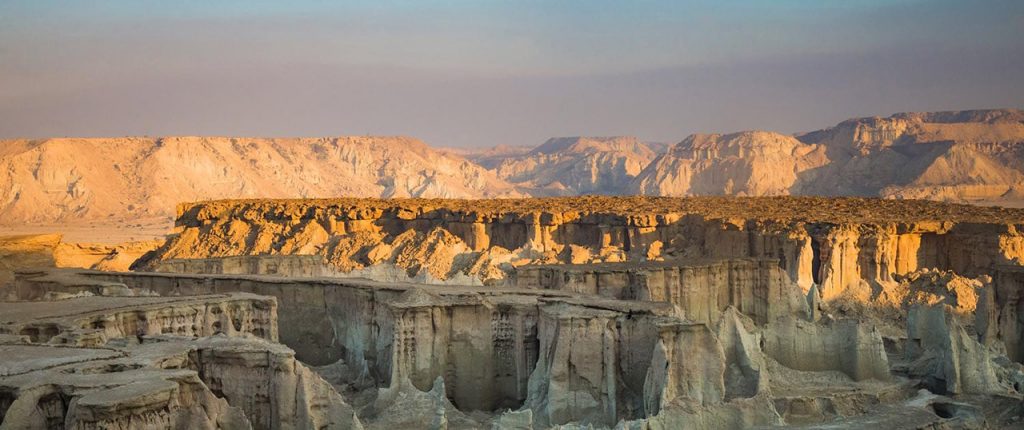
History Of Qeshm
Qeshm, an island located in the Persian Gulf, has a rich history that dates back thousands of years. Its strategic location, at the entrance of the Strait of Hormuz, made it an important center for trade and commerce between Iran and other countries. In this article, we will take you on a journey through time and tell you all about the history of Qeshm.
The history of Qeshm dates back to the pre-Islamic era when it was known as “Keshm” or “Kesh”. The island was an important center for maritime trade between the Persian Gulf, India, and China. According to some sources, Qeshm was part of the ancient Elamite civilization, which flourished in present-day Iran from around 2700 BC to 539 BC.
Qeshm played a vital role in the Persian Empire during the Achaemenid era (550-330 BC). It was a center for producing silk, pearls, and other valuable commodities. The island was also used as a base for Persian naval fleets during the reign of Darius the Great.
During the Islamic era, Qeshm became an important center for Muslim traders and merchants. It was also used as a base for Arab armies during the Arab conquest of Persia. The island’s population converted to Islam during this time.
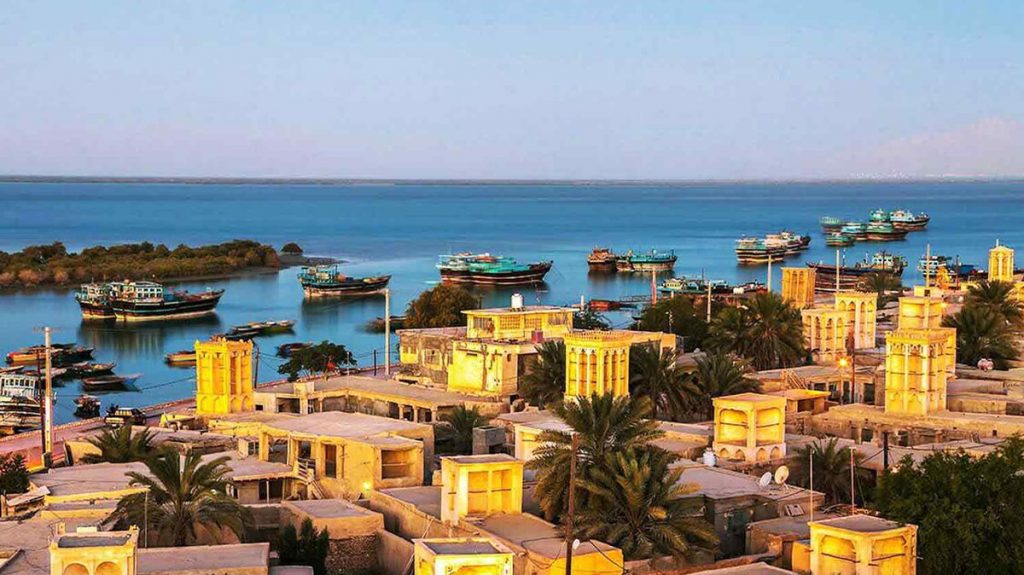
In the 16th century, the Portuguese arrived in Qeshm and established a fort on the island. They controlled the island and its surrounding waters for nearly a century until the Safavid dynasty (1501-1736) drove them out. During this time, the Portuguese introduced Christianity to the island’s population, but it did not take root.
In the 19th century, the British arrived in Qeshm and established a residency on the island. They used the island as a base for their trade with India and other countries in the region. The British also introduced modern infrastructure to the island, such as roads and schools.
After the fall of the Qajar dynasty (1785-1925), Qeshm became part of Iran’s southern province of Hormozgan. The island played a minor role in Iran’s oil industry, with oil being extracted from the island’s soil in the early 20th century.
In 1971, Qeshm became a free trade zone, which led to an increase in economic activity on the island. The government invested in infrastructure, such as the Qeshm International Airport, and tourism became an important industry on the island.
Today, Qeshm is a popular tourist destination, known for its natural beauty and cultural heritage. The island is home to many historical sites, such as the Khorbas Caves, which are thought to be over 2,000 years old. The island is also famous for its traditional handicrafts, such as textiles, pottery, and basket weaving.
In conclusion, Qeshm’s rich history spans thousands of years and has seen the island play an important role in the Persian Empire, the Islamic era, and the modern era. Today, Qeshm is a vibrant island with a thriving economy and a unique cultural identity. We hope this article has given you a comprehensive understanding of the history of Qeshm and its significance in Iranian history.
Walking Around Qeshm Island
One of the most unique features of Qeshm Island is its geological formations, which are a testament to millions of years of natural processes. The island is home to several natural wonders, including the stunning Chahkooh Canyon, a labyrinthine network of towering cliffs and deep gorges that provide a spectacular backdrop for hiking and sightseeing.
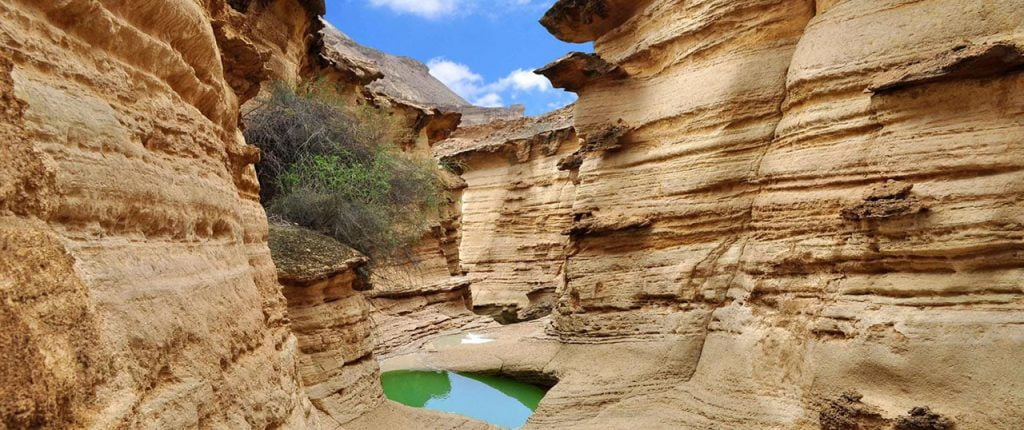
Another must-see attraction on Qeshm Island is the Valley of the Statues, a surreal landscape of towering rock formations that resemble human figures, animals, and mythical creatures. The valley is a popular spot for photography and exploration, and visitors can spend hours wandering among the curious formations and marveling at their natural beauty.
In addition to its natural wonders, Qeshm Island also boasts a rich cultural heritage that is deeply rooted in the traditions and customs of southern Iran. The island is home to several historic sites, including the Portuguese Castle, a 16th-century fortress that was built to protect the island from invaders.
Another important cultural landmark on Qeshm Island is the Khorbas Caves, a series of underground chambers that were used as a hideout by the local people during times of war and invasion. The caves are a fascinating glimpse into the island’s history and provide a unique opportunity for visitors to learn about the customs and traditions of the local people.
For those interested in art and handicrafts, Qeshm Island is a treasure trove of unique and traditional products, including handmade pottery, woven rugs, and intricate wood carvings. The island’s bazaars and markets are vibrant and colorful places to shop for souvenirs and gifts, and visitors can watch local artisans at work as they create their beautiful and intricate creations.
Qeshm Island is also known for its delicious cuisine, which features a blend of Persian and Arabian flavors and spices. Visitors can sample local specialties like seafood stews, grilled kebabs, and savory rice dishes, as well as a variety of fresh fruits and vegetables that are grown on the island.
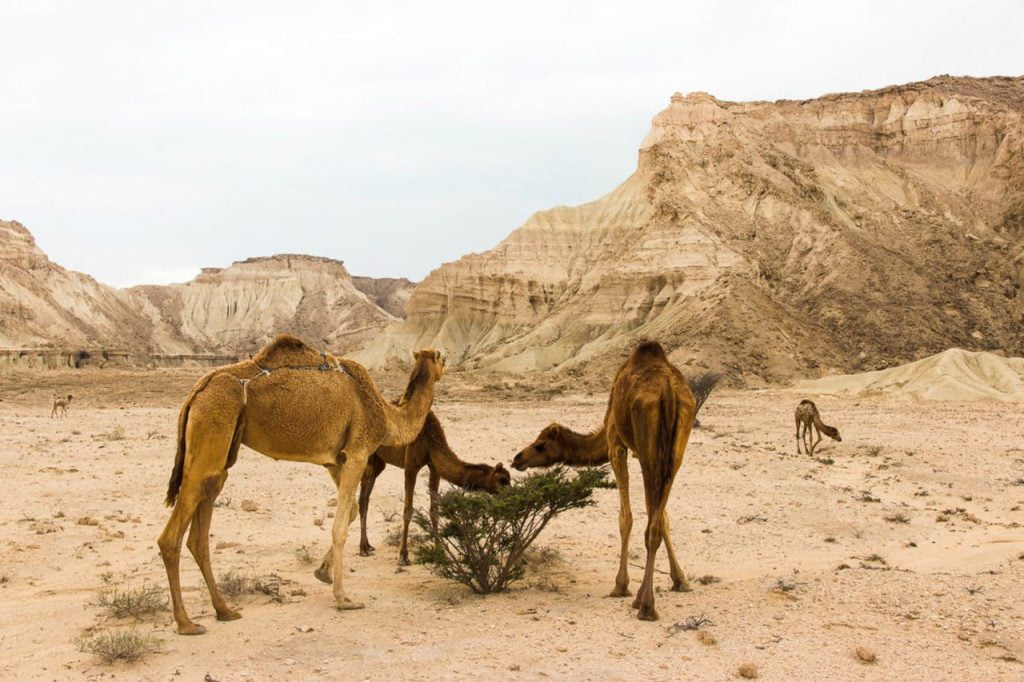
In conclusion, Qeshm Island is a hidden gem of southern Iran, a place that offers visitors a unique and unforgettable travel experience. With its stunning natural beauty, rich cultural heritage, and warm and welcoming people, Qeshm Island is a must-visit destination for anyone interested in exploring the treasures of this fascinating region. So, if you’re planning a trip to Iran, be sure to add Qeshm Island to your itinerary and discover the magic of this enchanting place for yourself.
When planning a trip to Qeshm Island, it is important to note that the island experiences a hot and humid climate throughout most of the year, with temperatures averaging around 30°C (86°F) in the summer months. It is best to plan your trip for the cooler months of November to March when temperatures are more comfortable for outdoor activities.
One of the best ways to explore the island is by renting a car or hiring a local driver, as public transportation is limited and taxis can be expensive. Alternatively, visitors can join one of the many guided tours offered by local tour companies, which provide a convenient and informative way to explore the island’s many attractions.
Another important consideration when visiting Qeshm Island is to respect the local culture and customs. Iran is an Islamic country, and visitors are expected to dress modestly and behave respectfully in public places. Women are required to wear a headscarf and loose-fitting clothing that covers the arms and legs, while men should avoid wearing shorts or revealing clothing.
Latest Video of Youtube Channel
Conclusion
Overall, Qeshm Island is a fascinating and unique travel destination that offers something for everyone. Whether you’re interested in nature, culture, or history, or just want to relax on a beautiful beach, this island paradise has it all. So pack your bags, book your tickets, and get ready for an unforgettable adventure in the heart of southern Iran.
